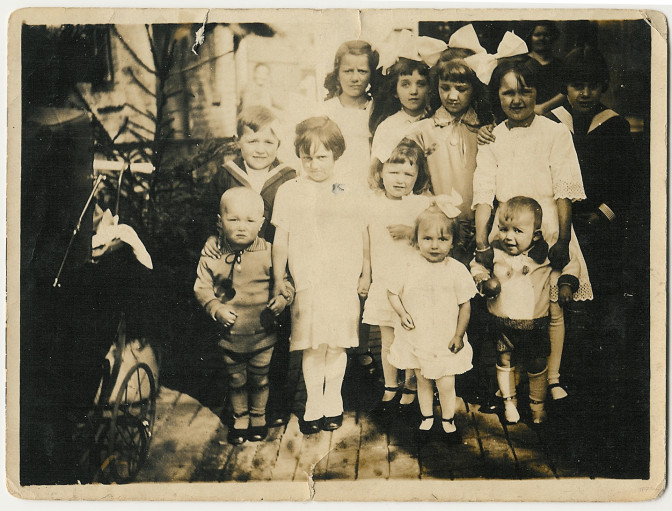A reader asked me how to find all the children of an ancestral couple. The strategies and sources depend on the period.
1600s, 1700s
Sources:
- Search baptismal, marriage, and burial records to find the baptisms, marriages, and burials of all the children.
- If one of the parents died before the youngest child was 25, check for guardianship appointments and accounts.
- Check estate inventories or estate divisions of the parents and grandparents to see which children and grandchildren inherited. If you know about unmarried children, check their estate records too, since their parents or siblings would inherit.
- If the surviving parent remarried, check for an agreement with the guardians of their minor children, typically a few weeks before the subsequent marriage. This would typically be a notarial record or court record in places without notaries.
- Some tax record, like mill tax records, may mention all the children in the household.
Strategies:
- In areas with hereditary last names, research other people with the last name to see if they could be related.
- Research all the baptismal witnesses, including of the children from the known children. Baptismal witnesses were often siblings of the parents.
- In areas where people used patronymics and the father had an unusual first name, check people who used the patronymic derived from that father’s name to see if they could be related.
- Make a list of all the property owned by your ancestors and see who owned it next. Sometimes transfers by inheritance were not documented, or the records no longer survive.
1800s, early 1900s
Sources:
- Check the civil registration birth, marriage, and death records, which started in 1811 in most of the Netherlands. The names of the parents are often indexed as well.
- Check death duties files, which mention all the heirs, which usually include all the surviving children.
- Check census records and population registers. These often mention the whole household.
Strategies:
- Research the parents from cradle to grave to see where they lived during their lives. Check records in the places where they lived to see if they had children there. Check if the birth, marriage, and death records for these places have been indexed yet in the websites you are using.
- Autosomal DNA testing of descendants may reveal DNA matches. Analyzing the trees of DNA matches may uncover children that were not documented, for example because they were biological children born out of wedlock.

Group of cousins, all grandchildren of Cornelis Trouw and Maria Gommeren
Late 1900s, 2000s
Privacy restrictions make it hard to access records of people born less than 100 years ago. See this article about sources for researching people in the 1900s for some tips.
General strategies
- Look at the gaps between the births of children. If people are having children every other year, and you have a four-year-gap, you might be missing a child. Check burial and death records to see if you can find children who died young. Usually, no records are created for miscarriages, though stillbirths may be recorded. [Hat tip: Willem Vermeulen].
- Check the age of the mother. In the period before birth control, most married women kept on having children until their early to mid 40s. If a woman stops having children before that age, that can be a sign that you are missing children.

